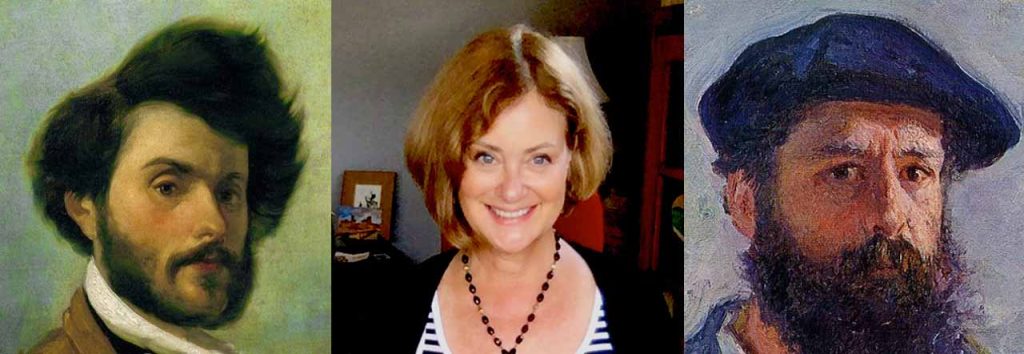
Spots of Light and Impressions of Color
Who Were the Macchiaioli?
Hello everyone! Today I want to talk to you about a topic very close to my heart: a group of Italian artists who painted in the nineteenth century. They are called “the Macchiaioli.”
When I was a student in Florence, I visited the Pitti Palace, where the museum of modern art is located. It was there that I first saw the works of the Macchiaioli. I was immediately struck by their style, which closely resembled that of the French Impressionists. I wondered who these Italian artists were and why I had never heard of them before.
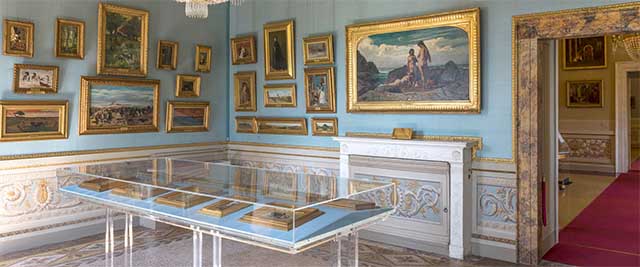
Have You Ever Seen a Macchiaioli Painting?
Have you ever come across a Macchiaioli painting? Maybe you have, maybe you haven’t! Either way, you’re in the right place. Stay tuned as we explore the world of i Macchiaioli right here on the Matta blog and in an upcoming Matta Italian video. I’m thrilled to have you here to dive into Italian art history and practice a little Italian along the way!
A Comparison of Artistic Movements
The Macchiaioli were a group of Italian painters who preceded the Impressionists by ten years. The two artistic movements are often compared and considered similar. However, the Impressionists are famous worldwide, while the Macchiaioli are much less known.
The Macchiaioli: Forgotten or Underrated Art?
The Macchiaioli were a group of Italian painters who preceded the Impressionists by ten years. The two artistic movements are often compared and considered similar. However, while the Impressionists are celebrated worldwide, the Macchiaioli are much less known. Indeed, when the two groups of artists are reviewed together, the Macchiaioli’s work is sometimes overlooked and labeled “the failed impressionism in Italy.”
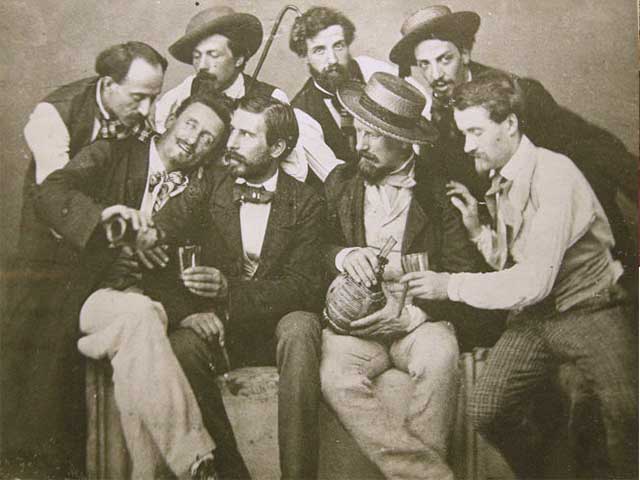
But is this really a fair assessment? What are the reasons why the Macchiaioli were neglected and almost forgotten? At the beginning of the 20th century, the Macchiaioli weren’t even mentioned by prominent art historians in major art history books. It’s an injustice that warrants deeper consideration.
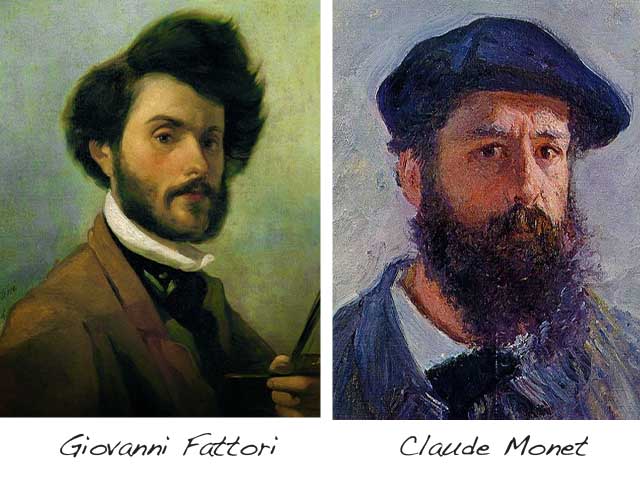
A Comparison of Giants: Fattori and Monet
To investigate these questions, I thought it would be interesting to compare the two artistic movements to see where the Macchiaioli and the Impressionists are similar and where they differ. For this purpose, I selected works by Giovanni Fattori, the leader of the Macchiaioli group, and Claude Monet, considered the “father” of Impressionism.
Keep in mind that Fattori was born in 1825 (eighteen twenty-five) and was fifteen years older than Monet. The Macchiaioli artistic movement began around 1848 (eighteen forty-eight), while Impressionism started in 1866 (eighteen sixty-six).
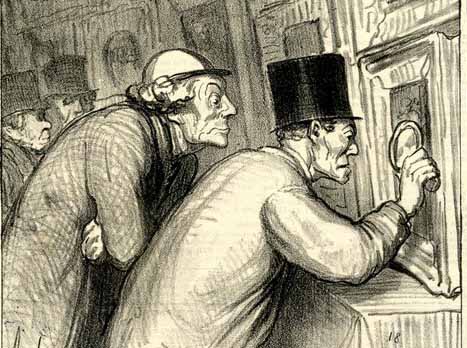
From Insults to Iconic Names
Both the Macchiaioli and the Impressionists derived their names from pejorative comments made about them in the press. In the case of the Italians, the group was nicknamed “Macchiaioli” as an insult by a critical journalist who wrote in the Gazzetta del Popolo on November 3, 1862 (eighteen sixty-two).
The term implied that their work was unfinished, as the artists were believed to “stain” paint randomly on their canvases.
In the case of the French, they got the nickname “Impressionists” from a contemptuous journalist who declared that Monet’s painting Impression, Sunrise was “unfinished” and compared it unfavorably to wallpaper.
Plein Air Paintings: Comparing Macchiaioli and Impressionists
Let’s now take a look at how Italian and French artists worked and the techniques they used to create their paintings.
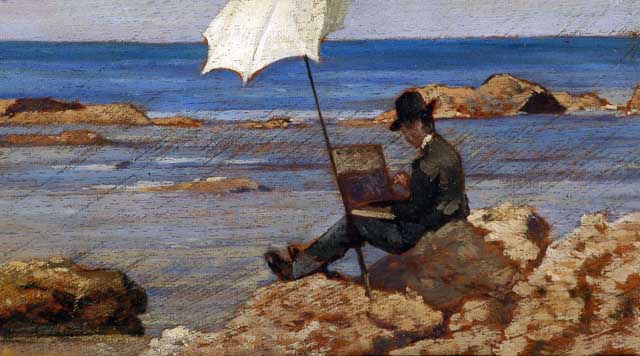
The Rural World of the Macchiaioli
The Macchiaioli mainly painted the Tuscan countryside and scenes that celebrated the daily life of peasants and their simple, ordinary activities. They are best known for the small, quick sketches they painted outdoors, a style now called plein-air painting.
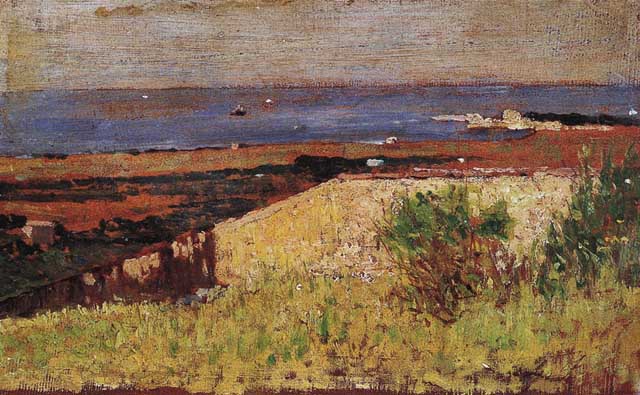
Giovanni Fattori’s Method
Giovanni Fattori and his companions believed that the only way to create an authentic scene was to go into the fields and woods to study the natural world.
Fattori wrote about himself: “I am such a scrupulous observer of nature that I have always studied it since I was young, and I have always carried a small pocket notebook with me to take notes, walk, and observe everything that struck me.”
Light and Technique: The Macchiaioli’s “Stains”
Fascinated by the natural world they moved in, the Macchiaioli had a particular interest in natural light. For them, it was essential to capture the intense chiaroscuro that constantly shifted throughout the day as the sun moved across the sky.
To quickly document these changes, the artists developed a painting technique of rapidly dabbing their canvases with rough strokes of paint.
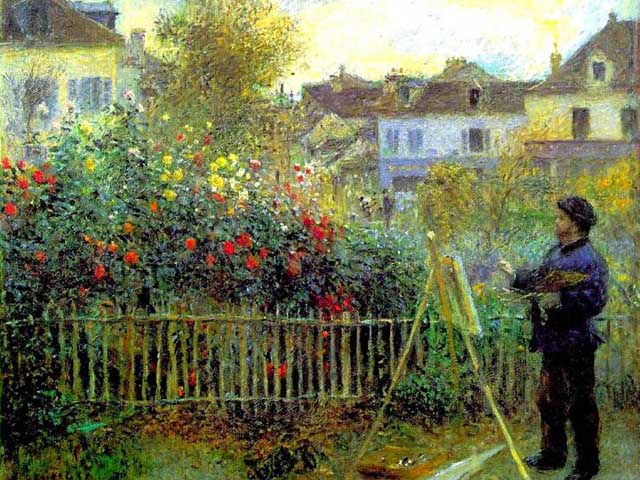
The Vision of the French Impressionists
Monet and the French Impressionists were also convinced that the only way to paint was to work outdoors. They argued that only in the fields, by the sea, or in gardens could one capture the quickly shifting light and truly observe nature.
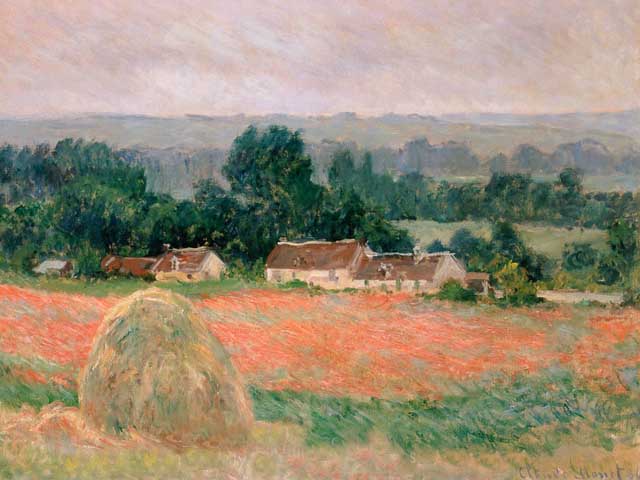
Nature as a Source of Inspiration
Monet once said, “The wealth I get comes from nature, the source of my inspiration.”
Like the Macchiaioli, the Impressionists also developed a rough technique of applying paint to quickly capture the essence of the subject rather than every small detail.
Light, Color, and Brushstrokes
The goal was to record the light and the impression of an object, and it didn’t matter if the brushstrokes were visible. Colors were applied side by side with minimal blending; instead, the eyes of the viewer mixed the colors.
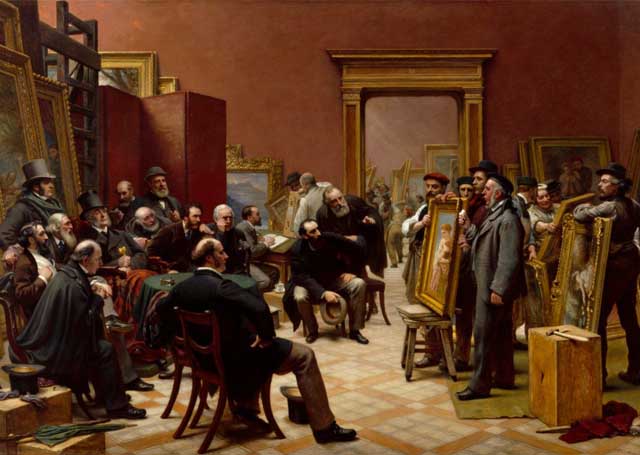
A Break from the Academies
The Macchiaioli and the Impressionists were interested in the same techniques and subjects to be painted. Inspired by nature and new ways of creating art, both the Macchiaioli and the Impressionists wanted to distance themselves from the art academies that dictated how artists should paint.
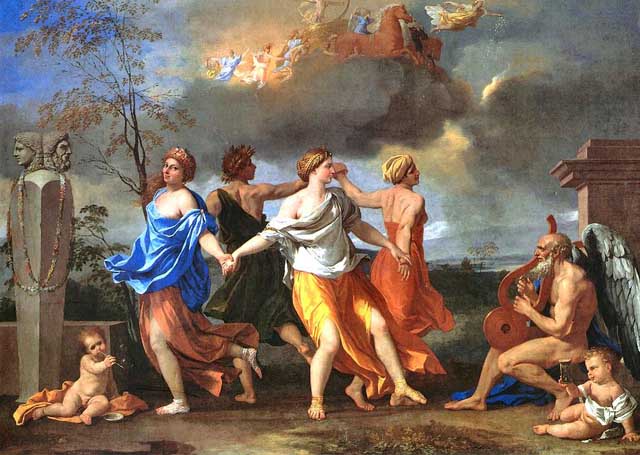
Quindi, si sono allontanati dalle accademie d’arte classiche e sono andati a trovare le loro strada. La reazione delle scuole e del pubblico non è stata favorevole e sono stati emarginati. Ma non glie ne importava. Erano stufi della pittura che erano legati alle idee intellettuali e volvevano staccarsi dai temi che si trovavano nelle allegorie e le storie classiche e dipingere invece semplici scene ordinarie con persone reali.
Hence, they moved away from classical art academies and went on to find their own path. The reaction of the schools and the public was not favorable and they were marginalized. But they didn’t care. They were fed up with a painting style that was related to intellectual ideas and wanted to break away from the themes found in allegories and classical stories and instead paint simple ordinary scenes with real people.
A Similar Vision, Distinct Differences
The Macchiaioli and the Impressionists seem to share a very similar vision of art, but there are differences that distinguish them.
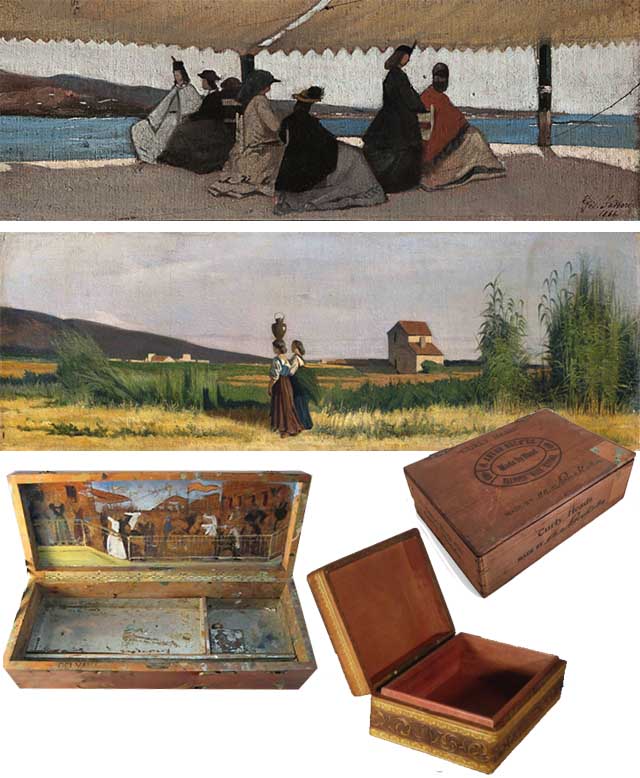
Tools and Techniques Compared: Macchiaioli vs. Impressionists
To capture quick sketches of expansive horizons, the Macchiaioli initially used small, elongated panels, discovering that the portable lids of cigar boxes were ideal for their first drafts. However, the limitations of their freshly hand-prepared paints, which dried quickly, forced them to return to their studios to complete their works. This necessity often caused their paintings to lose the immediacy and freshness achieved outdoors.
Unlike the Impressionists, the Macchiaioli never considered entirely removing black paint from their palettes. Consequently, their paintings often had darker tones, heavier compositions, and sharply defined outlines, creating a stark contrast to the lighter, more atmospheric works of their French counterparts.
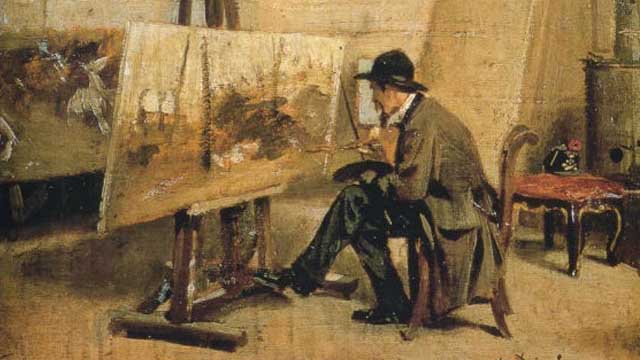
The Advantages of the French Impressionists
The Impressionists, on the other hand, benefited from new innovations: paint in tubes. This freed them from the traditional manual grinding of pigments. Since the tube paints didn’t dry quickly, the artists could paint outdoors for longer periods.
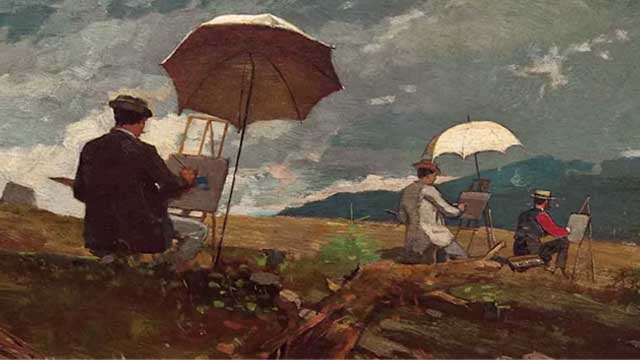
A Revolution in Materials
Listen up: this is a very important development! Until that moment, oil paints and their preparation methods had remained unchanged since the Renaissance. Since preparing colors was time-consuming and they dried quickly, artists only prepared a few colors for each painting session.

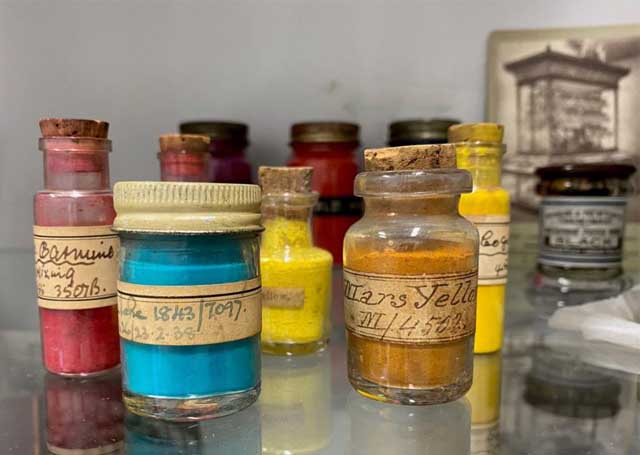
Thanks to these technological advances, the Impressionists became bolder with their color. As a result, their paintings were atmospheric, with forms not outlined by sharp lines. The bright, spontaneous colors retained the dynamic quality of outdoor painting.
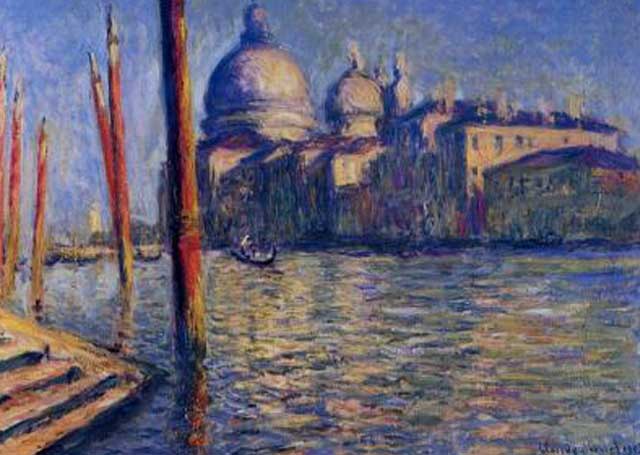
Art and Context: Social and Political Differences
Other differences between the two movements include the social and political views of their members, which fundamentally influenced the tone and sentiment of their art.
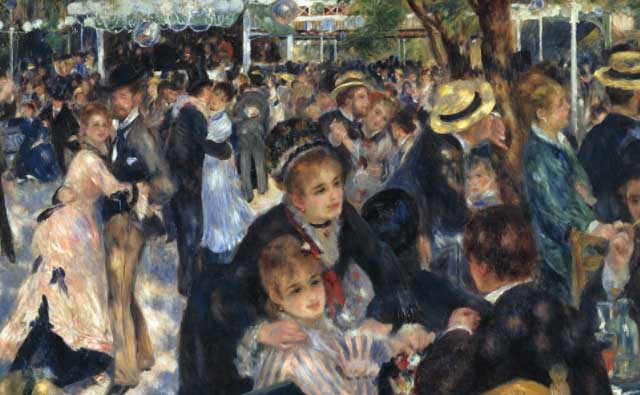
The Bourgeois Society of the Impressionists
The French Impressionists came from a bourgeois and industrialized society, making it easier for them to embrace social changes. Their paintings often depicted lighter scenes of urban progress and entertainment in both city and countryside settings.
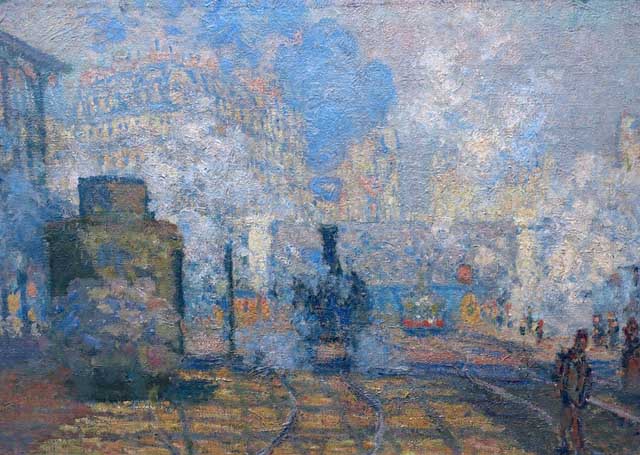
The Risorgimento and the Values of the Macchiaioli
The members of the Macchiaioli, on the other hand, adhered to the principles of the Risorgimento: strong opinions about national unity, patriotic pride, the celebration of peasant culture, and the appreciation of traditional values. Their political beliefs shaped their attitudes, and their paintings reflected this perspective.
Humble Origins and a Different Vision
Additionally, unlike the upper-middle-class families of the French Impressionists, the Macchiaioli came from humble origins, tied to a hardworking peasant class. As a result, the images painted by the Italians lacked the lightheartedness or sense of humor, and the joie de vivre conveyed in the art of the French Impressionists.
Macchiaioli vs. Impressionists: A Matter of Time, Place, and Opportunity
Both the Macchiaioli and the Impressionists shook the art scene in the nineteenth century, so why did one movement become famous and well-known worldwide while the other did not?
Art That Didn’t Reach the Market
One reason is that the art of the Macchiaioli never reached the wealthy American market and, therefore, a wider audience. Most of their works remained in private collections and were not displayed.
After World War II, due to Mussolini’s strong Italian nationalism that had enveloped the country for years—a principle with which the Macchiaioli somewhat identified—their art was rejected by the nation.
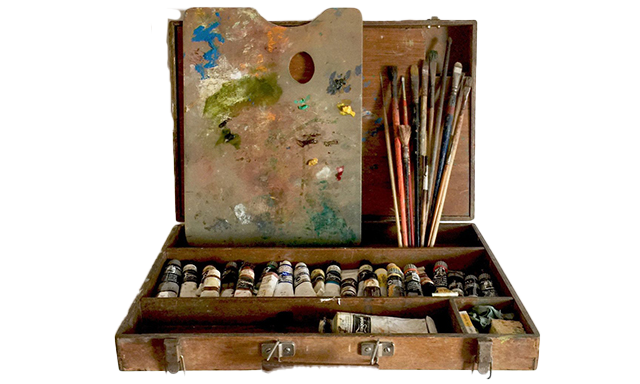
A Technological Advantage for the Impressionists
Finally, with pre-packaged tube paints, easy to buy, the Impressionists had an extraordinary advantage that the Macchiaioli didn’t have.
Pierre-Auguste Renoir said: “Without the colors in the tubes, there would have been no Cézanne, Monet, Pissarro, and Impressionism.”
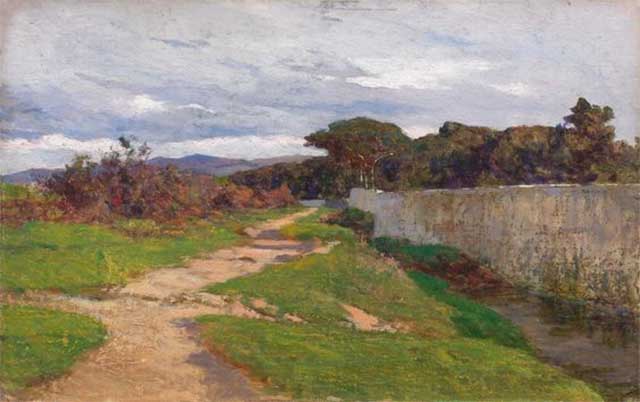
A Courageous and Idealistic Legacy
However, the Macchiaioli left their mark—or their “stain”—on the history of art.
In the mid-nineteenth century, the Macchiaioli style appeared modern to an Italian audience compared to the traditional movements they had previously seen. By embracing plein-air painting, the Macchiaioli shocked the Italian art scene by developing the “stain” technique. This method, rejecting traditional academic painting techniques, allowed them to capture natural light and the immediacy of the moment.
The Macchiaioli movement should not be overlooked but considered courageous and idealistic—a movement that helped push Italian art in a new and more modern direction.
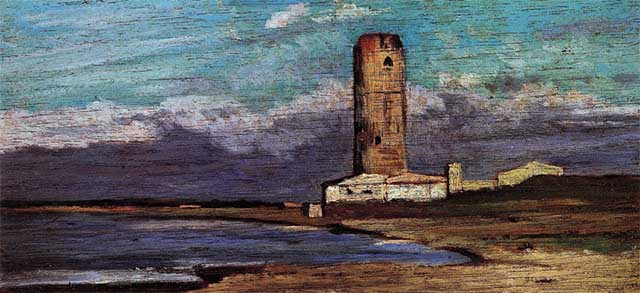
In conclusion…. who knows what would have changed
if the Macchiaioli had had prefabricated tube paints available!
!
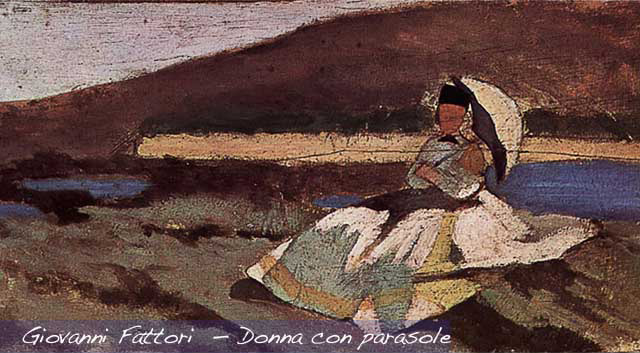
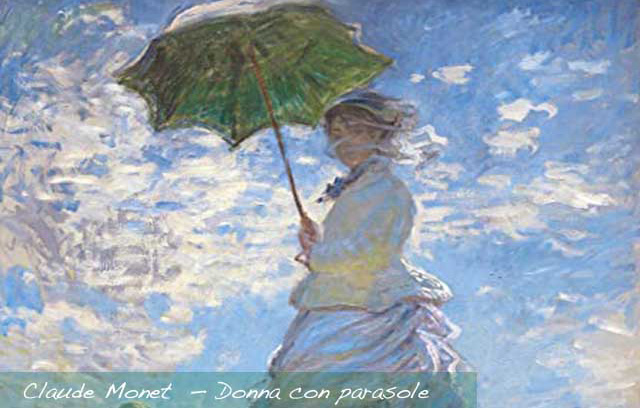
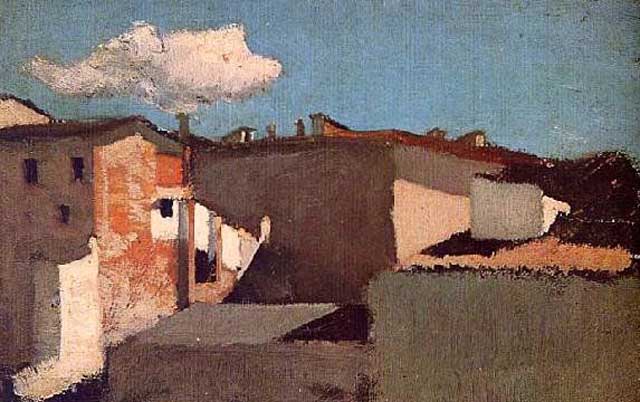
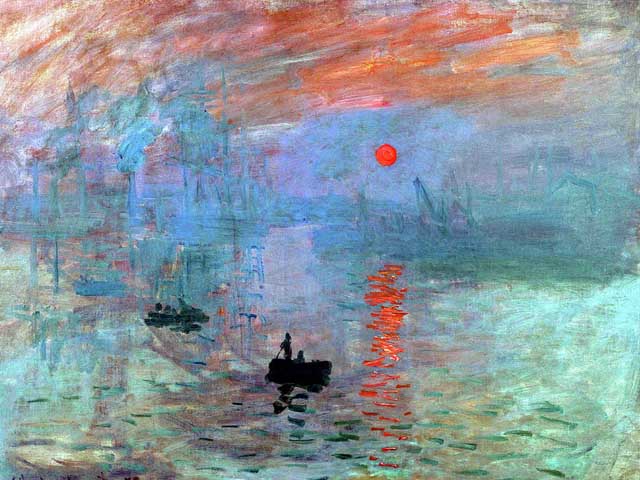
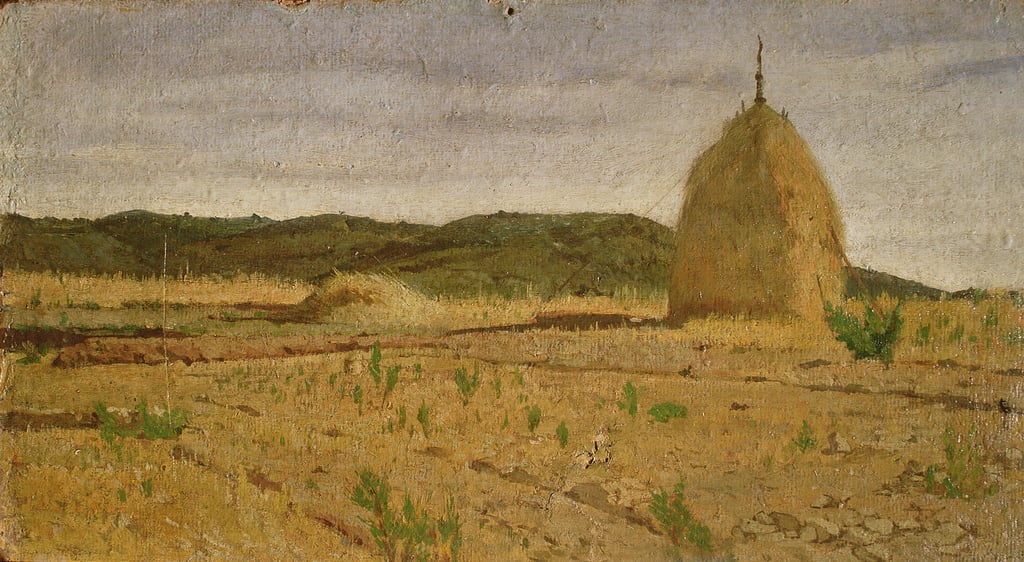
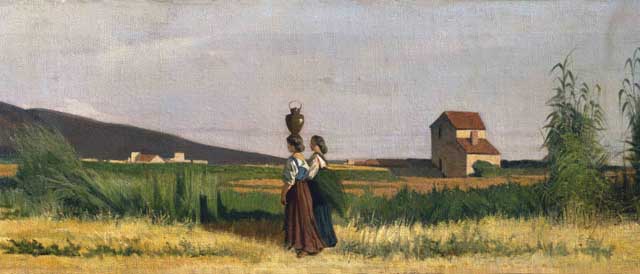
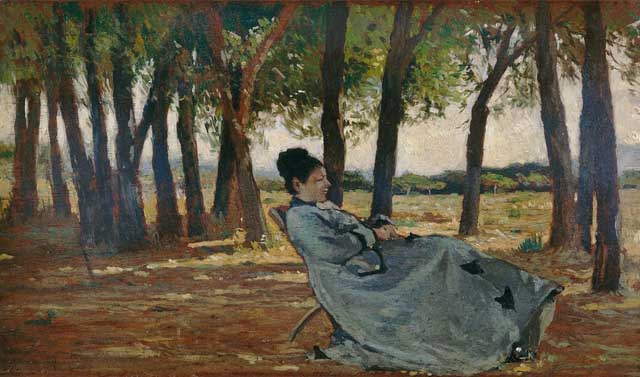
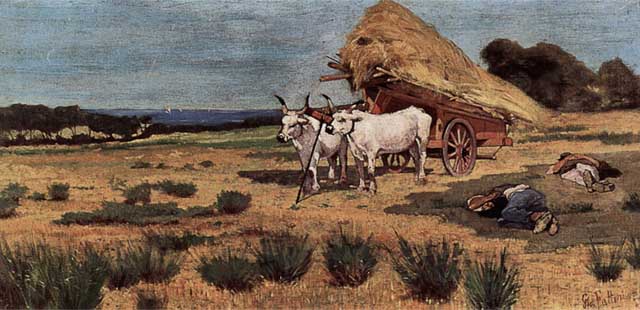
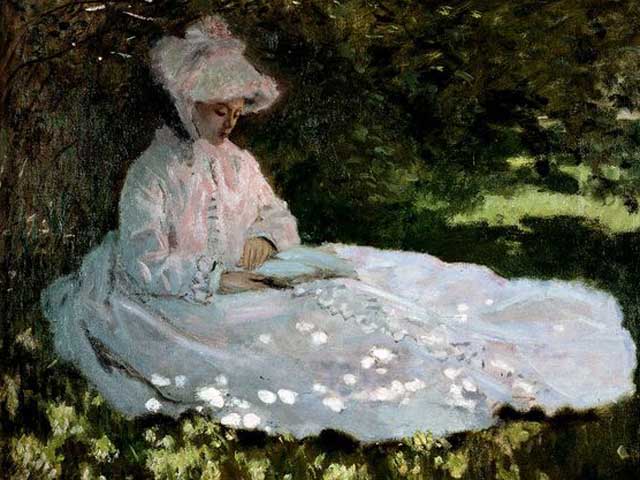
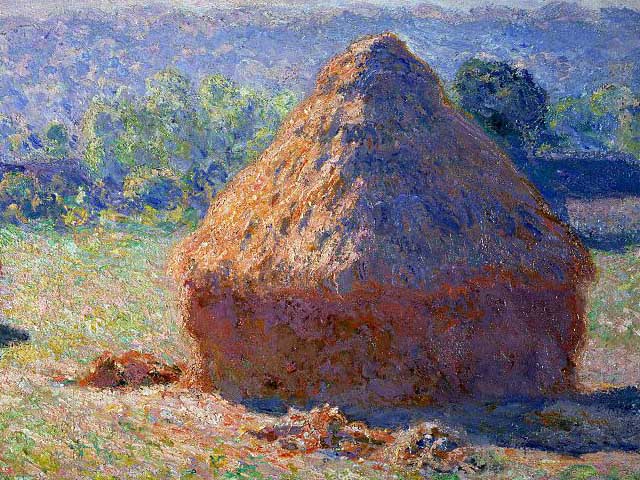
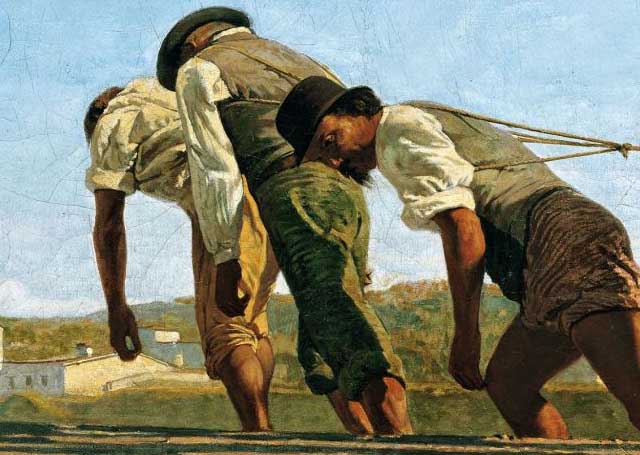
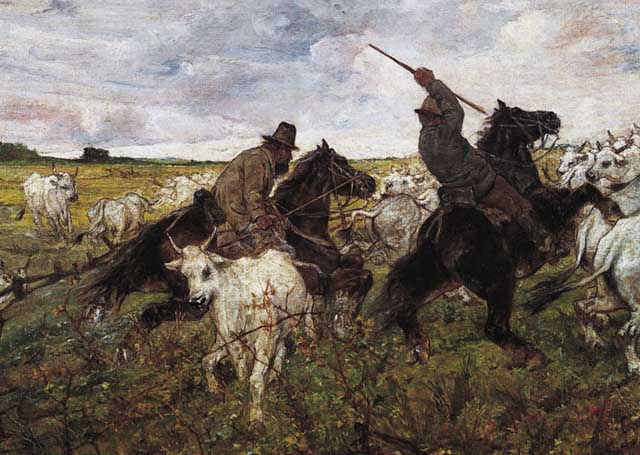
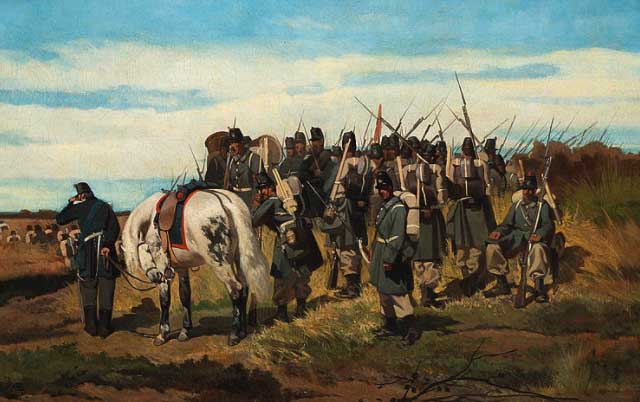
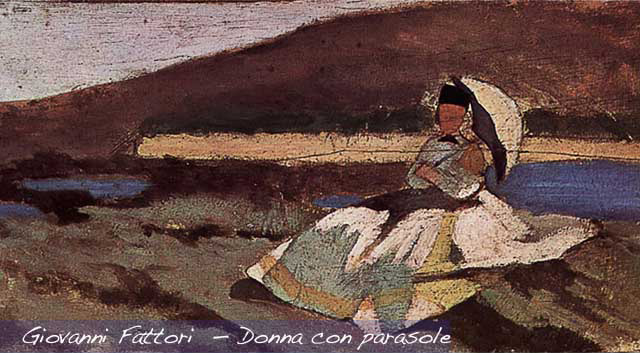
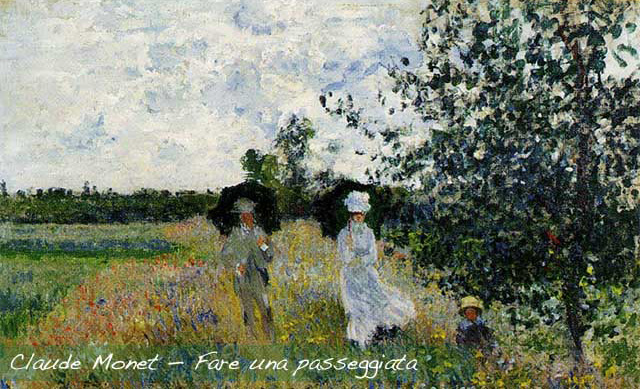
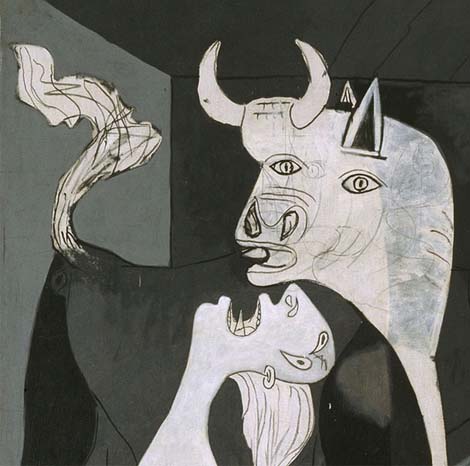
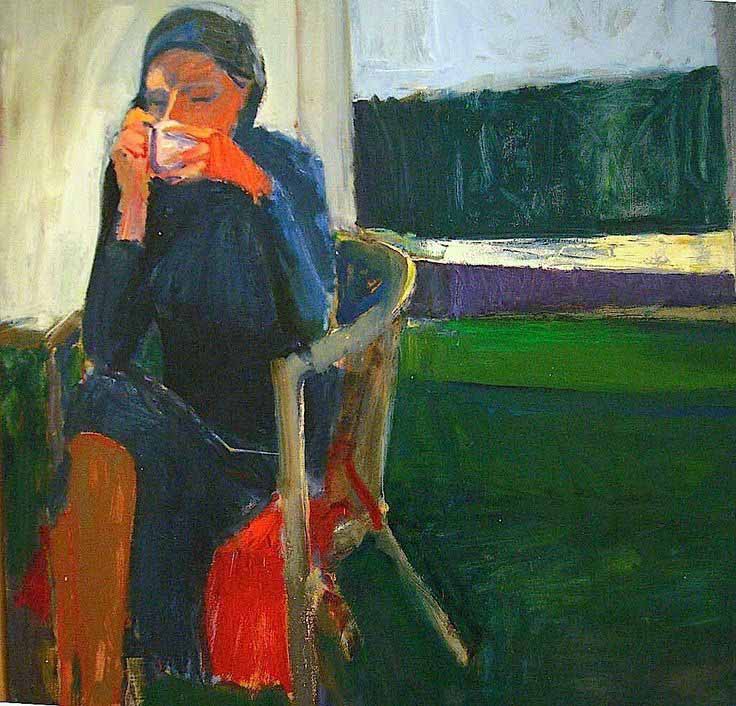
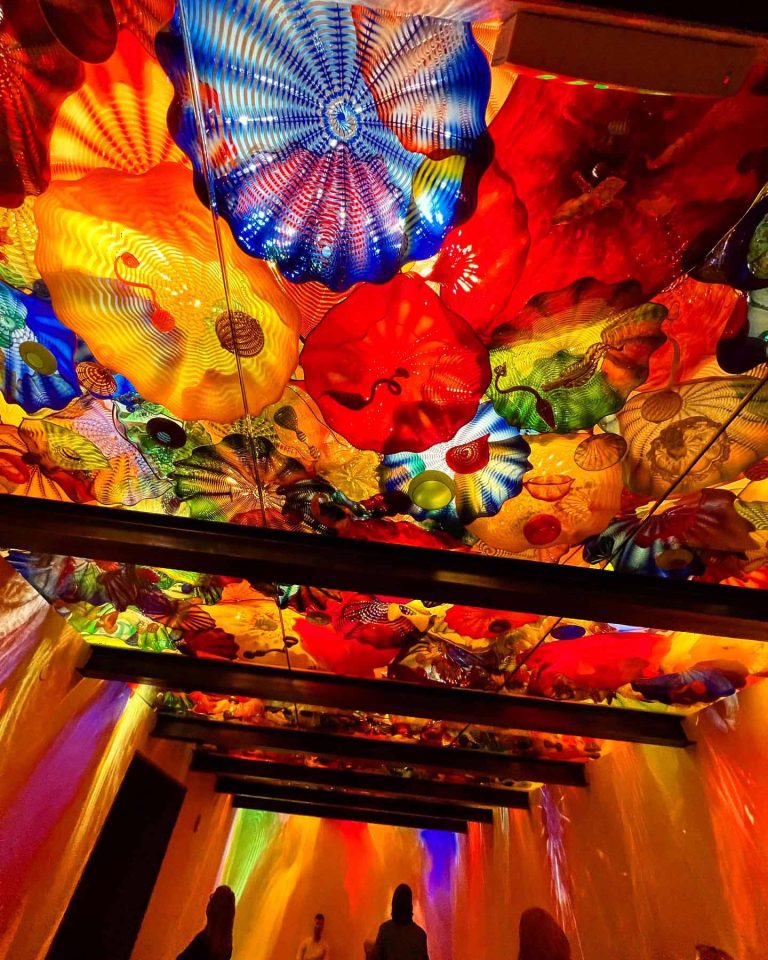
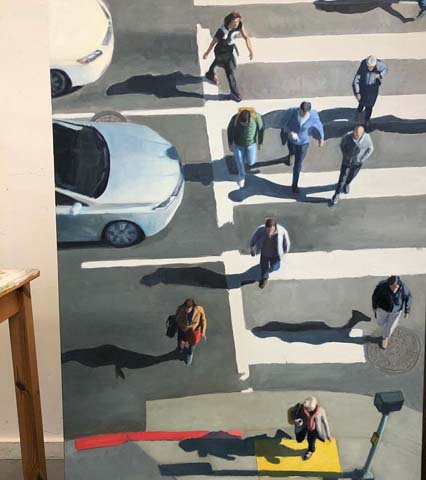
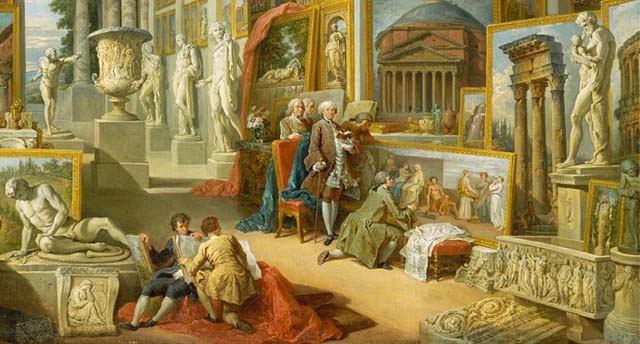
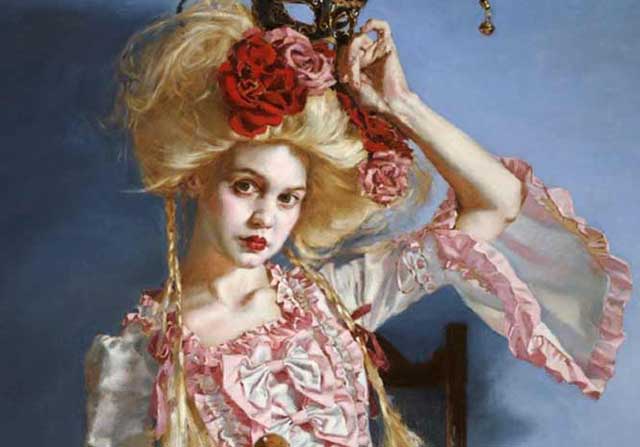
I loved the premise of your excellente article, mi piace moltissimo 🙂 Why did one art movement become famous and the other not so much ? And, I loved how you structured the comparison between the two movements and the cardinal point of how ‘tubes of color’ provided more freedom for French Impressionists to paint longer ‘en plein aire’. A close Italian friend from Alexandria (Piemonte) exposed me to the Italian Verismo movement in literature and poetry, but with further research I discovered it pertained to opera and painting as well. And, the Verismo style of painting was most characterized by the Macchioli group. I wonder if you’ve come across Chevreul’s most famous contribution to color theory via the “law of simultaneous contrast,” which takes account of how our perception of color changes relative to adjacent colors, as cited in this lengthier article on color theory https://smarthistory.org/neo-impressionist-color-theory/. Sto studiando ‘La Bella Lingua’ da dieci anni cosi guadero’ il tuo corsi d’italiano sotto “Italian With Melissa”. I live in Denver, and was curious what part of the world you call home. Cordiali Saluti
Ciao Don! Che piacere sentirti! It is a pleasure to hear from you and read your message. I am familiar with Chevreul’s color theory. Thanks for mentioning it! It’s also wonderful to learn that you are not only passionate about art but also the Italian language. I also write the Studentessa Matta blog in Italian and English to promote Italian language and culture. When I’m not in Italy, which is a great part of the year, I’m in Austin, Texas — a place that is arty, full of music and good food and an acceptable substitute per “il bel paese.” LOL 🤩
Stumbled upon this article while researching Italian impressionism. What a great article and thesis! Thank you for breaking down the history and science of how paint tube technology changed the game for Impressionists and and how fascism and the war affected reception of the Macchiaioli, I found it truly helpful and fascinating!
I’m really interested in this subject. I studied art history and regularly take people round Kelvingrove art gallery and museum in Glasgow. I suddenly thought: the Italians produced some of the best art of the renaissance. What happened after that. Did they not have impressionist painters? Thank you for this most interesting article and an answer to my question.